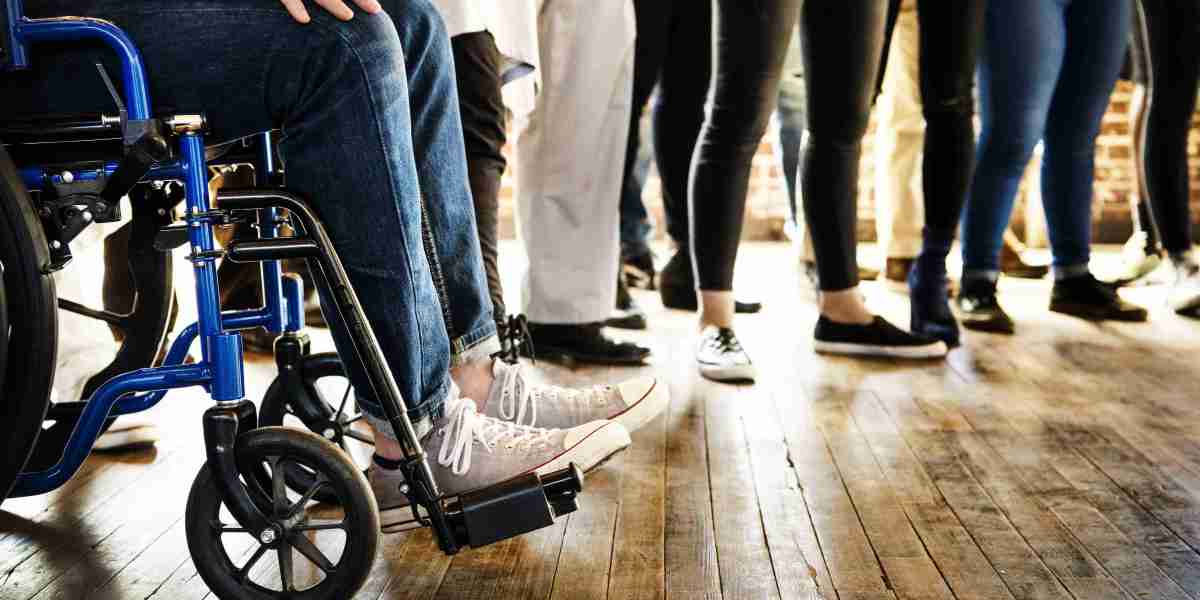Warts are a common skin condition caused by the human papillomavirus (HPV). Although they are usually harmless, they can be both unsightly and inconvenient. One of the most common concerns surrounding warts is whether they are contagious and, if so, whether they can spread during or after treatment. Understanding the nature of warts and their contagiousness is essential for both prevention and proper treatment.
In this blog, we’ll explore how warts spread, whether they remain contagious during and after wart removal treatment in Islamabad, and steps you can take to prevent transmission.
How Warts Spread
Warts are caused by certain strains of HPV, which infect the top layer of the skin. The virus spreads through direct contact with the wart or indirect contact with contaminated surfaces. Here’s how the infection typically occurs:
- Direct Contact: Touching a wart on another person or on your own body can transfer the virus. For example, touching a wart on your hand and then touching your face may spread the virus.
- Broken Skin: The virus is more likely to infect areas with cuts, scratches, or abrasions, as these provide an entry point for HPV.
- Shared Objects or Surfaces: HPV can linger on surfaces like towels, razors, and gym equipment. Walking barefoot in communal areas like locker rooms or pools is a common way to contract plantar warts.
- Moist Environments: The virus thrives in warm, moist environments, increasing the risk of transmission in places like public showers.
Warts are contagious as long as the virus is active in the affected skin. This means they can spread before, during, and even after treatment in some cases.
Are Warts Contagious During Treatment?
Yes, warts can remain contagious during treatment. Here’s why:
- Active HPV: Even while undergoing treatment, the HPV virus remains in the skin layers until the wart is completely removed. Any skin shedding from the wart during treatment may contain the virus, which can lead to transmission.
- Blistering or Peeling: Treatments like cryotherapy or salicylic acid cause the skin to blister or peel as the wart dies off. The viral particles in these layers can still spread to other areas of the skin or to other people.
- Touching the Treated Area: If you touch the wart during treatment and then touch another part of your body or a shared surface, the virus can spread.
Key Prevention Tip: Always wash your hands after touching or treating a wart. Cover the wart with a bandage or dressing during treatment to reduce the risk of spreading the virus.
Are Warts Contagious After Treatment?
Warts can remain contagious for a short period after treatment, depending on the method used and how completely the wart was removed. Here’s what you need to know:
- Incomplete Removal: If any part of the wart or infected tissue remains after treatment, the virus may still be active. This increases the risk of recurrence or spreading to other areas.
- Healing Period: After professional treatments like cryotherapy or laser therapy, the skin may take time to heal. During this time, there’s a small risk that viral particles could still spread.
- Shedding Dead Skin: Some treatments cause the wart to dry up and fall off. Even dead skin from the wart can contain HPV, so proper disposal and hygiene are essential.
Key Prevention Tip: After treatment, continue monitoring the area for signs of recurrence. Keep the treated area clean and avoid touching it unnecessarily until it is fully healed.
How to Prevent Warts from Spreading
Whether you’re treating a wart or trying to avoid contracting one, prevention is key. Here are some practical tips to reduce the risk of spreading warts during and after treatment:
1. Practice Good Hygiene
- Wash your hands regularly, especially after touching a wart.
- Avoid picking at or scratching warts, as this can spread the virus to nearby skin.
- Keep the wart covered with a bandage to reduce the risk of contact.
2. Avoid Sharing Personal Items
- Do not share towels, razors, nail clippers, or other personal items that may come into contact with the wart.
- Wash clothes, socks, and towels regularly, especially if they have been in contact with the wart.
3. Protect Your Skin
- Wear footwear in communal areas like pools, showers, and locker rooms to prevent plantar warts.
- Keep your skin moisturized to prevent cracks or breaks, which can serve as entry points for the virus.
4. Dispose of Wart Remnants Safely
- If your treatment causes the wart to peel, blister, or fall off, carefully dispose of the dead skin.
- Clean and disinfect tools like nail files or pumice stones used on the wart to prevent reinfection.
5. Strengthen Your Immune System
- A healthy immune system can help your body fight off HPV and prevent warts from recurring. Eat a balanced diet, exercise regularly, and get enough sleep to support your immune health.
When to See a Doctor
If you’re unsure whether your wart is still contagious or if it’s not responding to treatment, consult a healthcare professional. Here are some signs that professional help may be needed:
- The wart is growing, spreading, or recurring after treatment.
- It becomes painful, inflamed, or starts bleeding.
- The wart is located on sensitive areas like the face, genitals, or under the nails.
- You have multiple warts that are difficult to manage.
Conclusion
Warts are contagious before, during, and shortly after treatment as long as the HPV virus remains active in the skin. However, with proper hygiene, preventive measures, and timely medical intervention, the risk of spreading warts can be significantly minimized. If you’re treating warts at home, take precautions to avoid transmitting the virus to other parts of your body or to others. And remember, if in doubt, consult a dermatologist or healthcare provider to ensure the wart is completely removed and no longer poses a risk of transmission.






